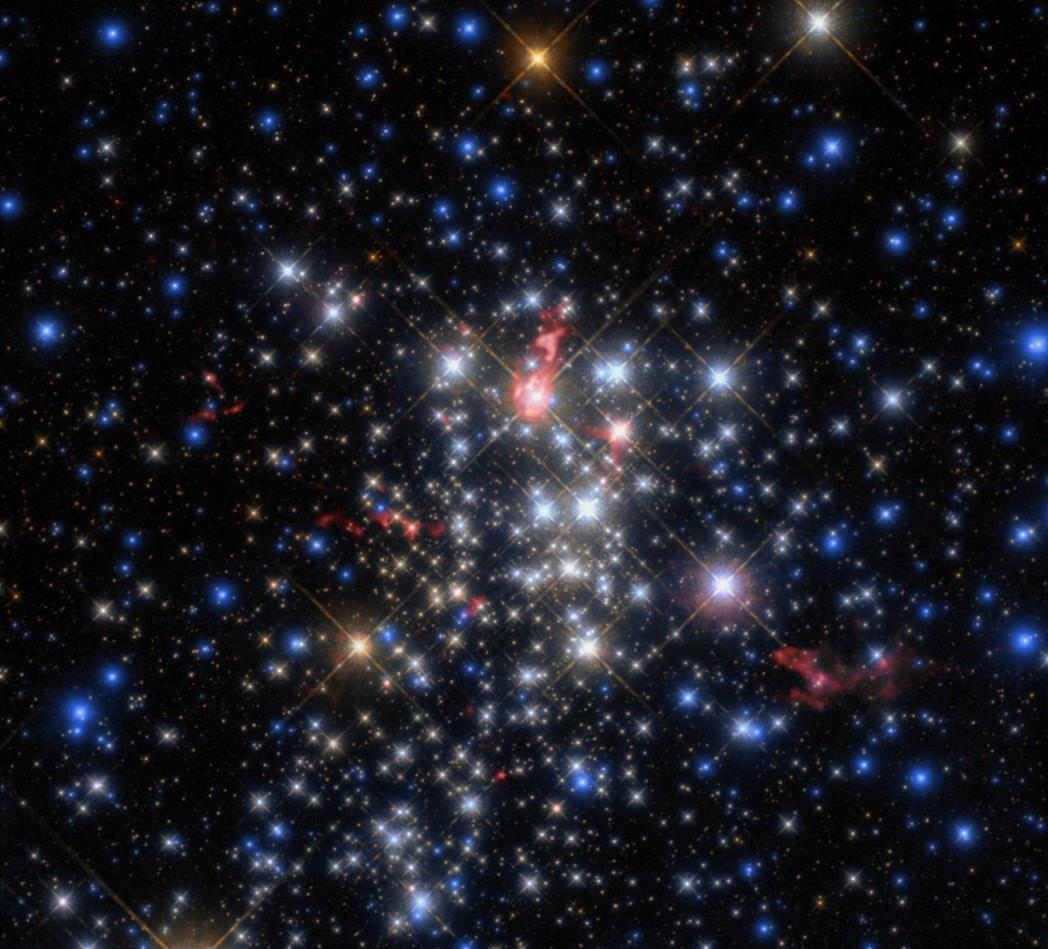I. Negueruela, E. J. Alfaro et al. (2022)
Stars tend to form in clusters, or groups of between ten and several thousand that, although evolutionarily different, share the same age and composition. Among the clusters in the Milky Way, the very young Westerlund 1 (Wd 1) cluster stands out in its inner regions. With an age of less than ten million years -by comparison, the Sun is five billion years old- it is considered the most massive cluster in our Galaxy. Its population is an ideal laboratory for the study of massive stars, but it is hidden behind a dusty region that makes it difficult to study. Now, a group of scientists has managed to break through this "mist", estimate the distance of the cluster with high precision and analyse the surrounding stellar population.
The population of stars associated with Westerlund 1, which looks like a glossary of giant objects, encompasses all kinds of massive stars, from O-type giants and supergiants to red supergiants, several extremely luminous B-type hypergiants or several yellow hypergiants, among others. Some show rare evolutionary phases and different interaction pathways in binary systems, making this group of stars the ideal sample to unravel the evolutionary processes of giant stars. However, the precise determination of the masses and ages of the stars depends on the parameters derived for the cluster, and until now one of the main unknowns has been their distance, as well as the effect of light extinction due to dust in these regions. precise determination of the masses and ages of the stars depends on the parameters derived for the cluster, and until now one of the main unknowns has been their distance, as well as the effect of light extinction due to dust in these regions.

Comet-like "tails" of material can be seen extending from some of the giant stars in the cluster as a result of stellar winds. These tails point away from the core of the cluster, probably as a result of the powerful winds generated by the hundreds of hot, massive stars in the central region of Westerlund 1.
